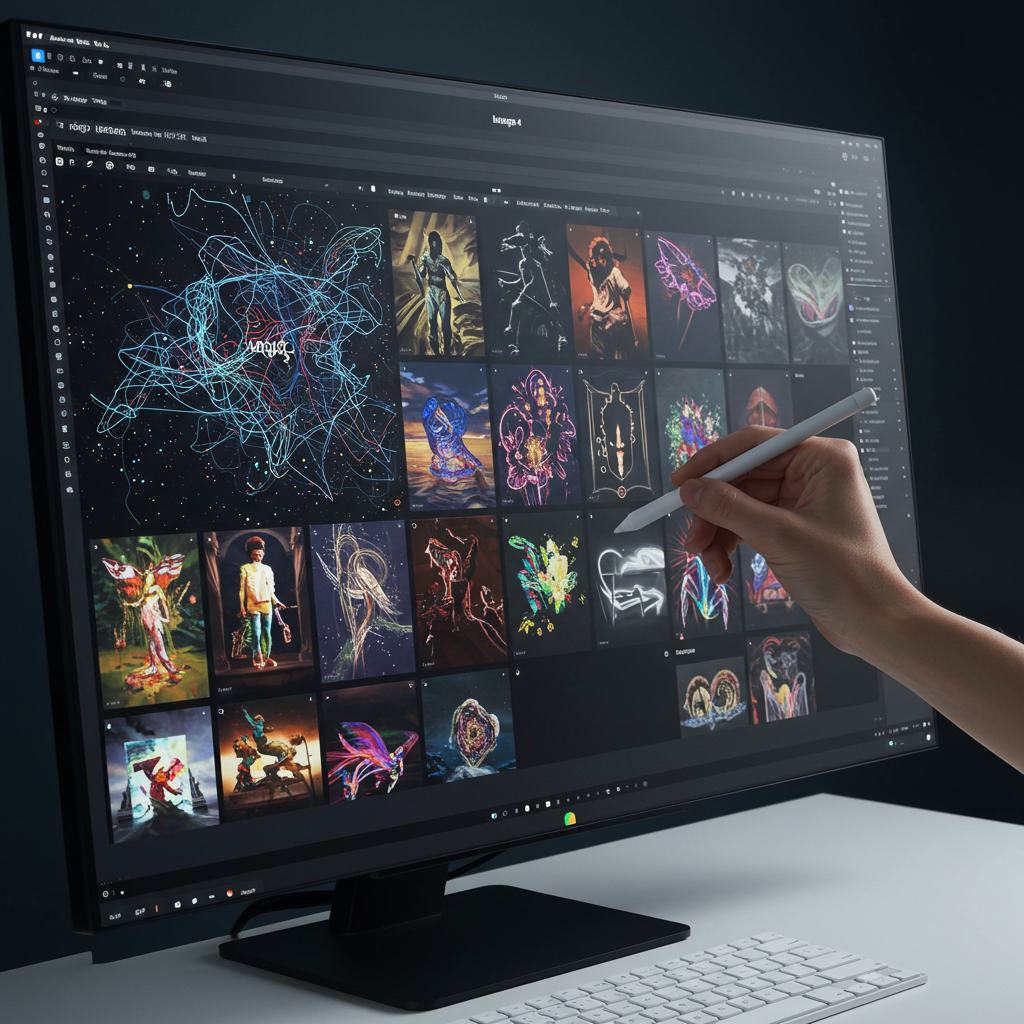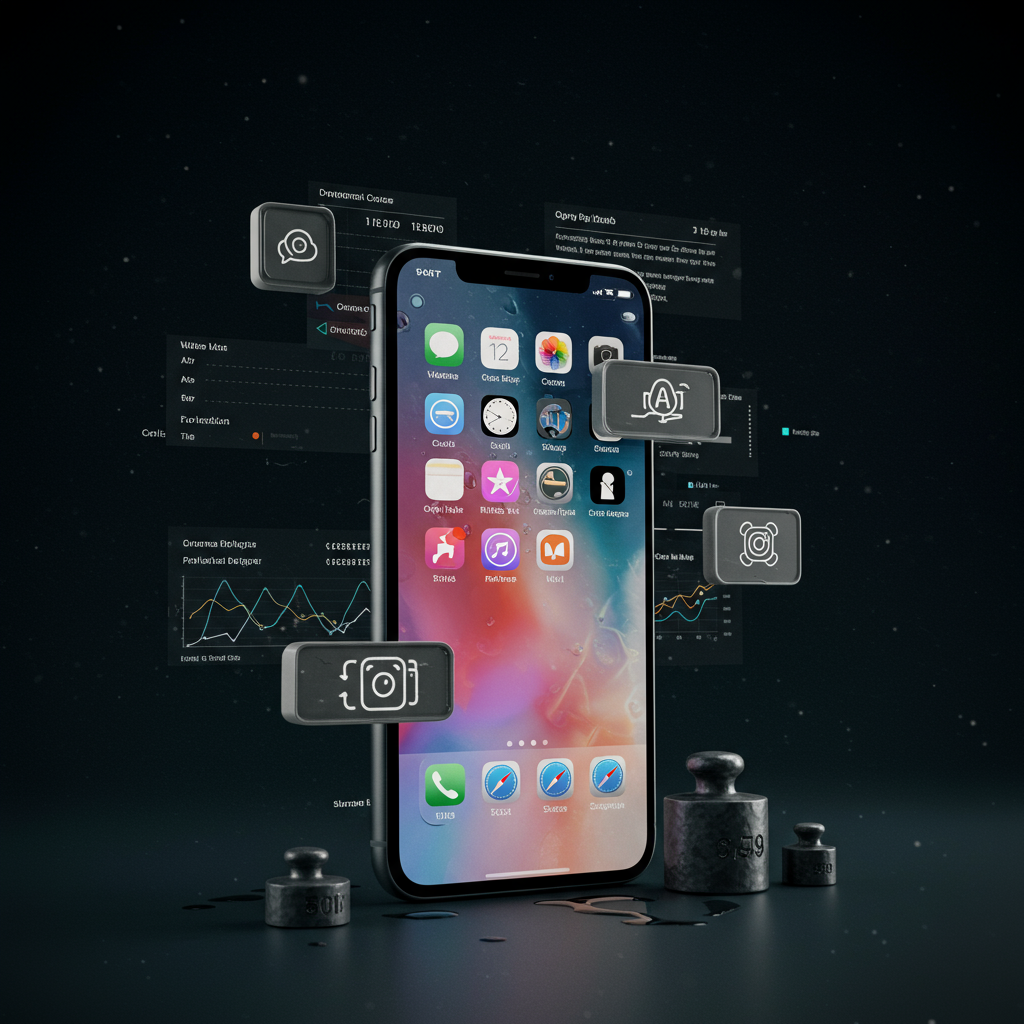Google’s foray into AI image generation continues to evolve. Having previously tested the capabilities powered by the Imagen 3 model within Gemini, I recently put its successor, Imagen 4, through a rigorous testing phase over several weeks.
Integrated primarily within the paid Gemini Advanced tier for its most capable features, Imagen 4 marks a definite step forward from its predecessor. While not perfect, it addresses some key frustrations from Imagen 3, bringing noticeable improvements to the user experience and output quality.
What Imagen 4 Improves Upon
Imagen 4 demonstrates progress in several crucial areas:
Enhanced General Quality: Images are consistently sharper and more detailed than those produced by Imagen 3. The overall quality feels elevated, making outputs more visually appealing.
Better Handling of People: A significant issue with Imagen 3 was its tendency to generate cartoonish images of people, even when photorealism was requested. Thankfully, this seems to be resolved in Imagen 4 (specifically within Gemini Advanced). Images of people are now reliably rendered in a professional, realistic style. Multiple expert reviews corroborate Gemini’s strength in creating highly realistic human portraits, often noted for their detail and quality, sometimes surpassing competitors in this specific domain.
Flexible Aspect Ratios: Imagen 3 was severely limited by defaulting primarily to 1:1 square images, restricting versatility for various uses like publications or standard photo frames. Imagen 4 finally allows users to easily specify different aspect ratios, such as 16:9, 9:16, or 4:3, simply by including it in the prompt. This is a major functional upgrade.
Increased Reliability: The new version feels smoother and more dependable. Frequent error messages encountered with Imagen 3, where image generation would simply fail for unknown reasons, appear to be largely eliminated. Imagen 4 “just works” more consistently. It’s also noted by testers as being remarkably fast, often generating images noticeably quicker than some competing models.
Persistent Challenges with Imagen 4
Despite the clear progress, Imagen 4 still faces some familiar hurdles common in the current landscape of AI image generation:
Issues with Realism: While improved, achieving truly natural, unfiltered realism can still be a challenge, particularly in close-ups of people and animals. Images tend to be overly saturated and often feature a strong, professionally applied bokeh (background blur) effect. They frequently look too polished, like a staged photoshoot, rather than a casual snap. Attempts to prompt for a more “casual mode” with less perfect lighting or subject posing are difficult, with the AI struggling to break from its polished style.
Editing Limitations: The editing process remains clunky. Instead of allowing precise alterations to an existing image, asking Gemini to change a detail (like the color of a jacket) typically results in generating a completely new image. While Imagen 4 is better at retaining elements from the original (like the subject or background) if specifically prompted, it’s still more of a “re-shoot” from a different angle or pose than a true edit.
Inconsistent Scene Realism: Generating wider scenes like landscapes or city skylines can be hit or miss. While some distant shots look more genuine by avoiding close-up detail issues, results can still appear artificial or have exaggerated saturation, requiring multiple retries to get something passable.
Imagen 4 in the Competitive Landscape
When compared to other leading AI image generators like those available through ChatGPT, Imagen 4 holds its own but highlights varying strengths across the field.
Independent tests show differing results depending on the prompts used, but a common thread emerges: while tools like ChatGPT are often praised for their creative interpretation, versatility across styles, and ability to capture mood, Gemini, leveraging Imagen 4, appears particularly strong in delivering highly realistic human portraits and detailed product-style shots. Gemini is also frequently cited as being faster at generating images.
It’s worth noting that accessing Imagen 4’s advanced capabilities requires a paid Gemini Advanced subscription, whereas ChatGPT offers image generation accessible even on its free tier.
Tips for Getting the Best Results
Based on testing, here are some ways to improve outputs from Gemini’s Imagen 4:
Be Specific: Just like most AI models, vague prompts yield generic results. Include as many details as possible about the subject, setting, style, lighting, and mood.
Refine Conversationally: Use Gemini’s chat interface to iterate on generated images. Ask it to make adjustments (“make the lighting warmer,” “add a specific element”) rather than starting fresh, though understand it may regenerate the image with changes rather than editing in place.
Incorporate Text (Where Applicable): The underlying model shows surprising proficiency at quickly and legibly adding text into images, such as for posters or signs, if prompted clearly.
Broader Limitations
Beyond technical image quality, Gemini’s image generation adheres to Google’s safety guidelines, preventing the creation of certain types of content or images of famous individuals. For users seeking fewer restrictions, alternatives like Grok exist.
Ultimately, Imagen 4 represents solid progress for Google’s AI image generation. It’s a powerful tool that sits comfortably among the best currently available, particularly excelling in areas like realistic portraits and versatile aspect ratios. The persistent challenges with photo-realism and precise editing are not unique to Gemini but reflect significant technical hurdles the entire industry is still working to overcome.
Have you tried generating images with Gemini’s latest model? Let us know your thoughts in the comments below!




